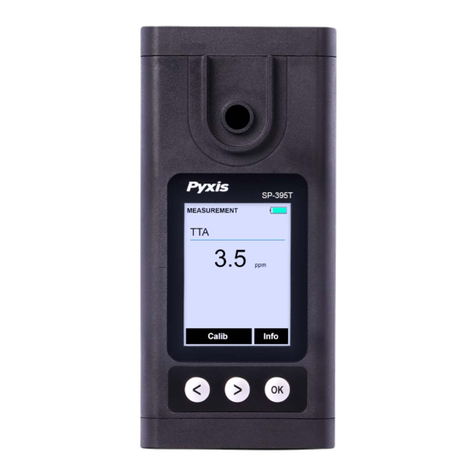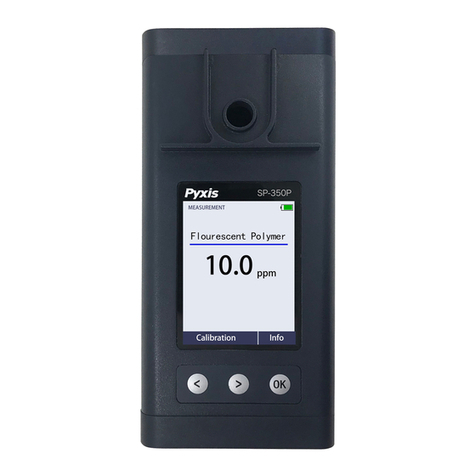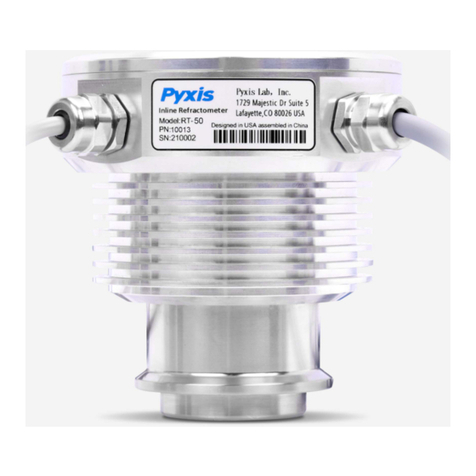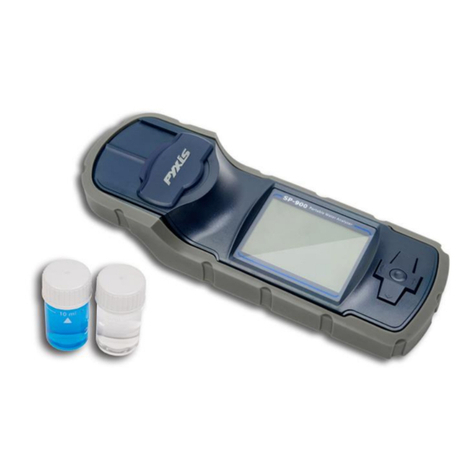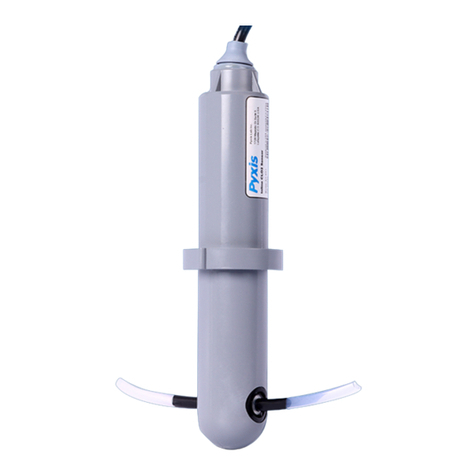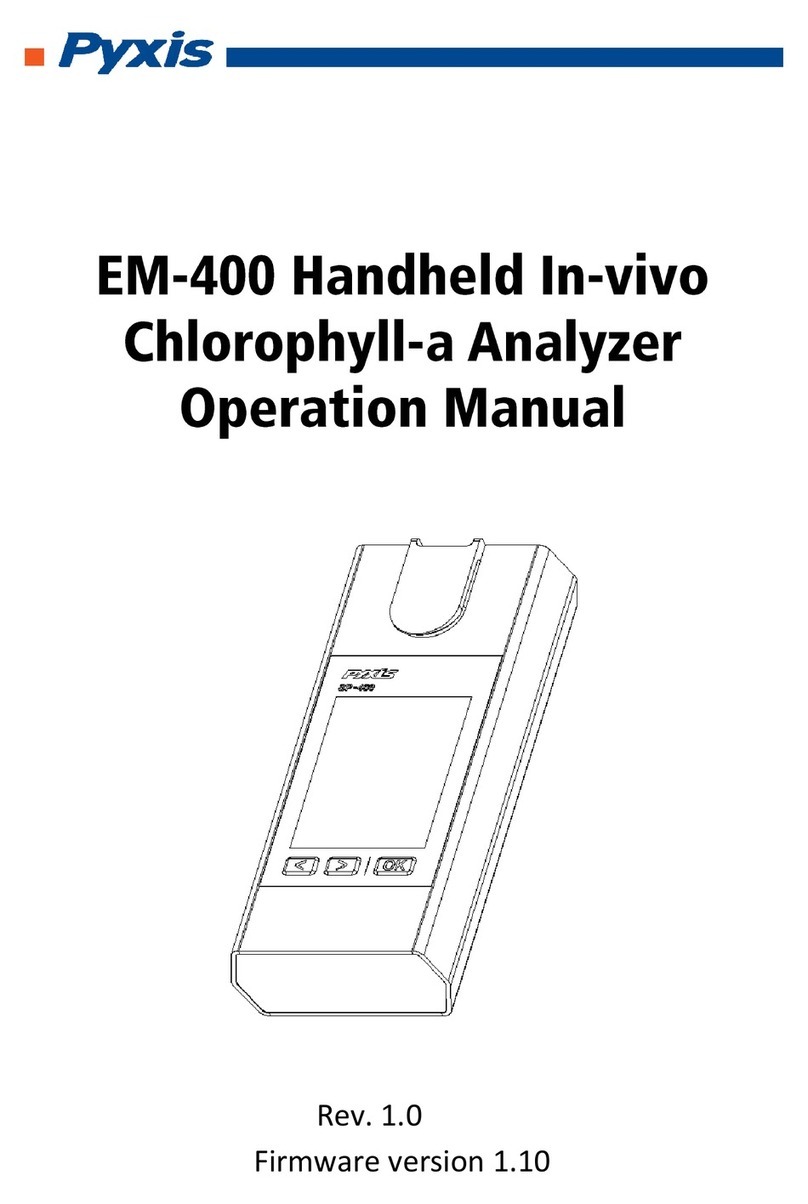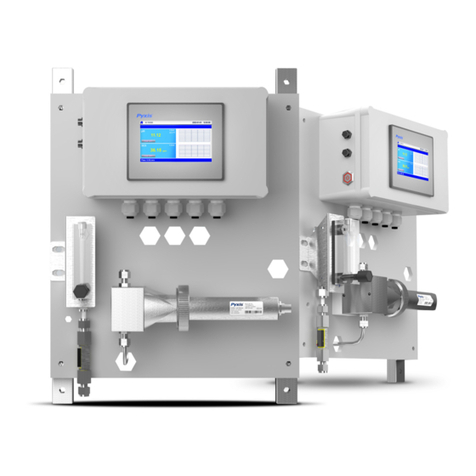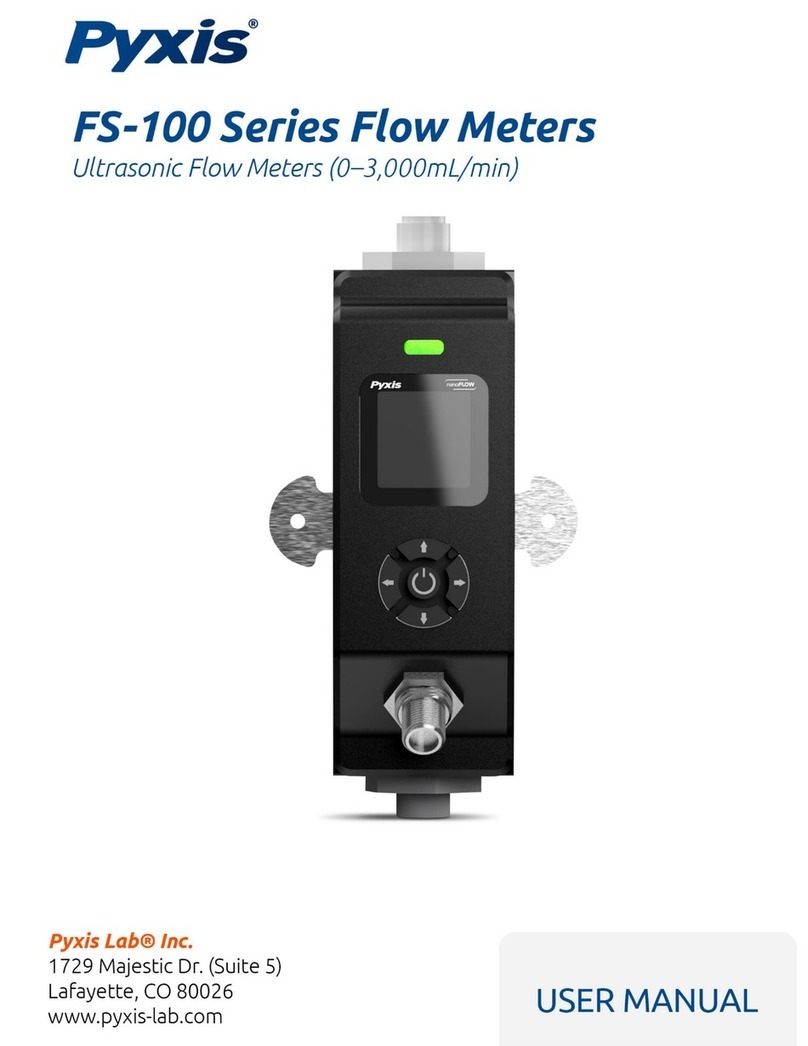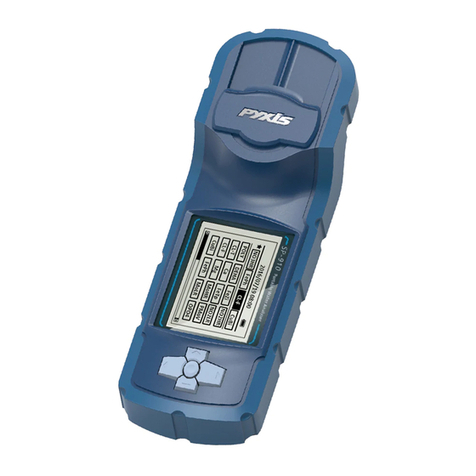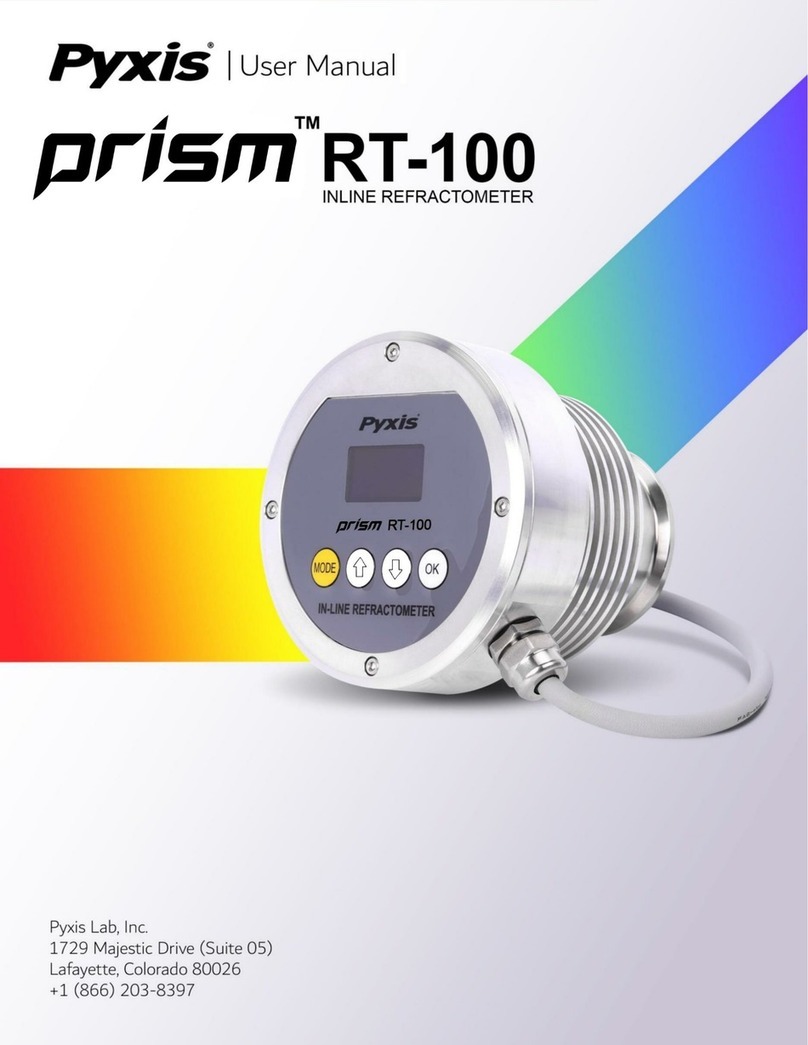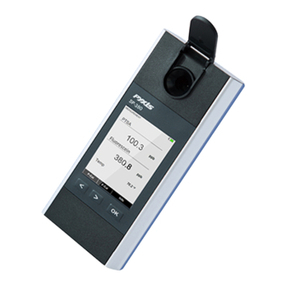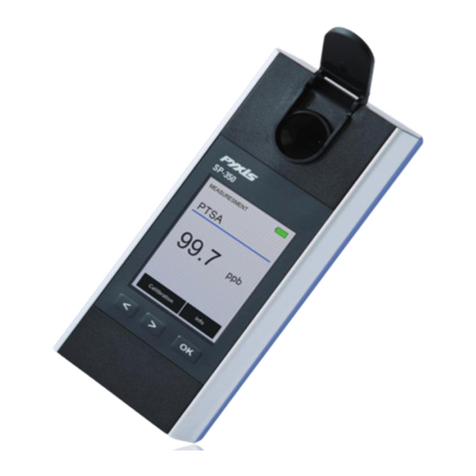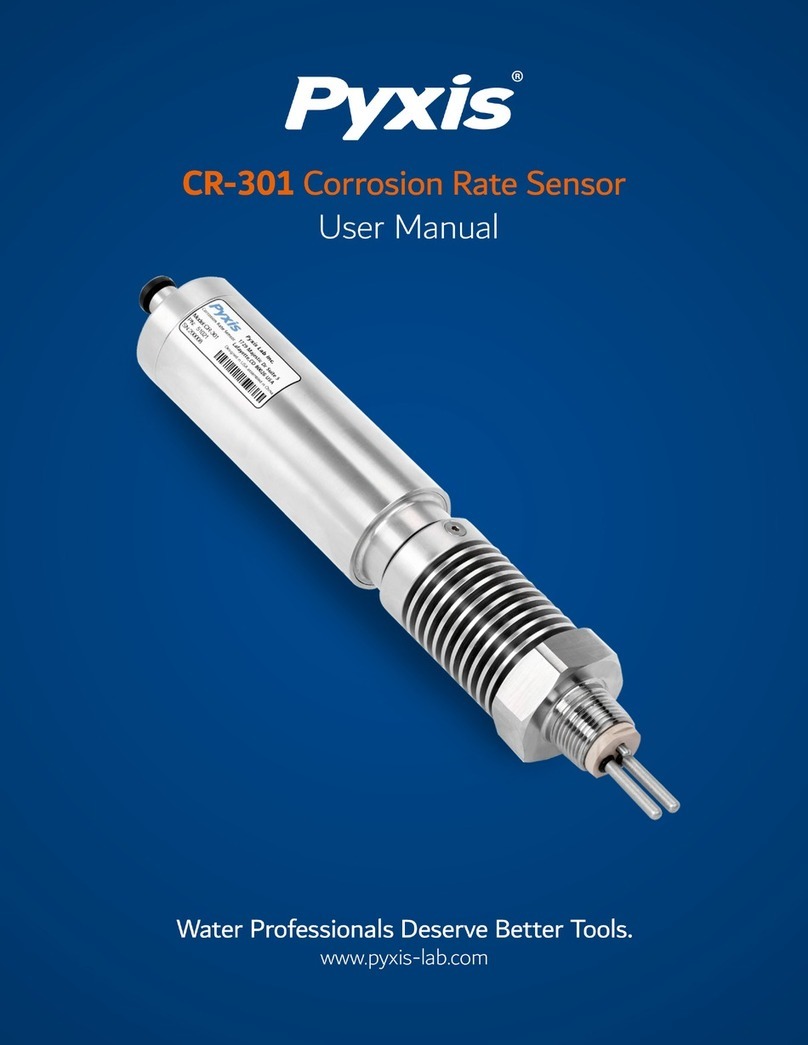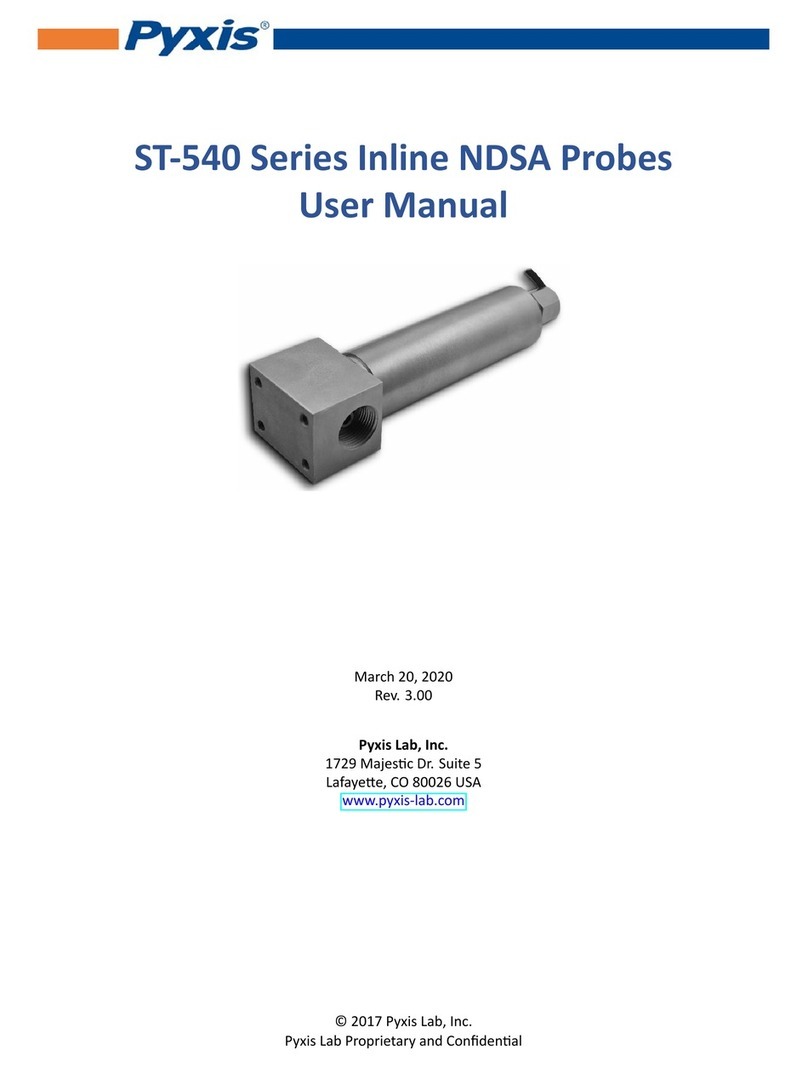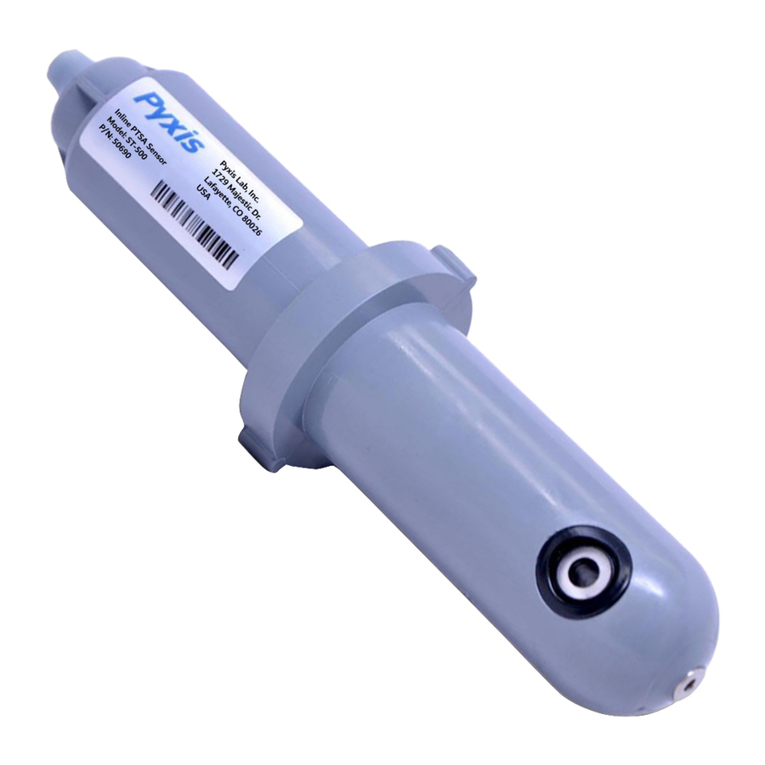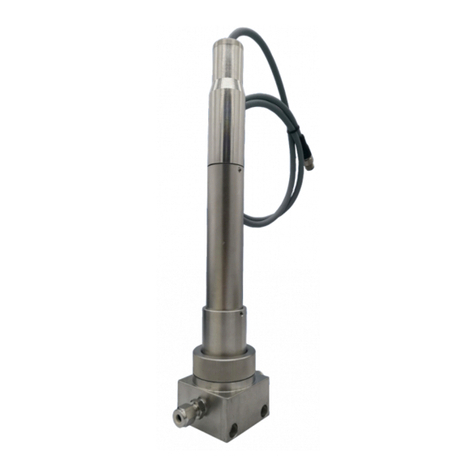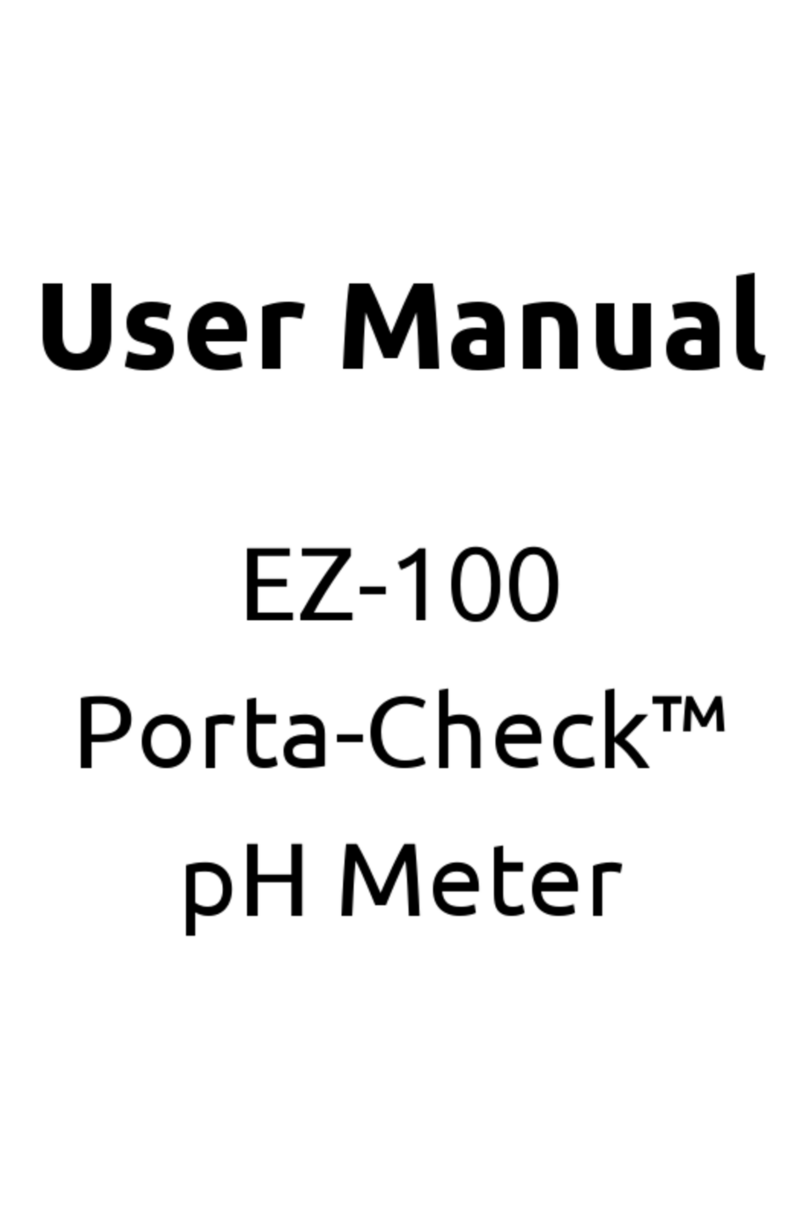3
Figures
Figure 1 Insert the Sample Vial..............................................................................................7
Figure 2 Open and Close the Light Shield Cover ...................................................................9
Figure 3 Replace Batteries...................................................................................................10
Figure 4 Main Menu ............................................................................................................11
Figure 5 PTSA Measurement...............................................................................................13
Figure 6 Product Selection ..................................................................................................13
Figure 7 PTSA Calibration ....................................................................................................14
Figure 8 Fluorescein Measurement.....................................................................................15
Figure 9 Fluorescein Calibration..........................................................................................16
Figure 10 Low Range Fluorescein Calibration .....................................................................17
Figure 11 Middle Range Fluorescein Calibration.................................................................17
Figure 12 High Range Fluorescein Calibration.....................................................................17
Figure 13 Method Selection ................................................................................................20
Figure 14 Single Timer Method ...........................................................................................21
Figure 15 Concentration as a Function of Time ..................................................................21
Figure 16 Multiple Timer Method.......................................................................................23
Figure 17 Method Form Selection.......................................................................................25
Figure 18 Method Unit Selection ........................................................................................26
Figure 19 Slope Calibration .................................................................................................26
Figure 20 Turbidity Calibration-1 ........................................................................................28
Figure 21 Low Range Calibration.........................................................................................28
Figure 22 High Range Calibration........................................................................................29
Figure 23 Absorbance Measurement..................................................................................30
Figure 24 Nebula Setup .......................................................................................................31
Figure 25 Bluetooth Adapter Driver Setup..........................................................................31
Figure 26 Bootloader Menu ................................................................................................32
Figure 27 Bluetooth Ready..................................................................................................32
Figure 28 Scan Inline Device................................................................................................34
Figure 28 Pair Inline Device.................................................................................................34
Figure 29 Read Inline Device ...............................................................................................35
Figure 30 SP-910 Measure Sample Water...........................................................................35
Figure 31 Calibration Success..............................................................................................35
Figure 32 Inline Device Diagnosis Data ...............................................................................36
Figure 33 Cleanliness Check ................................................................................................36
Figure 34 Probe is Fouled....................................................................................................36
